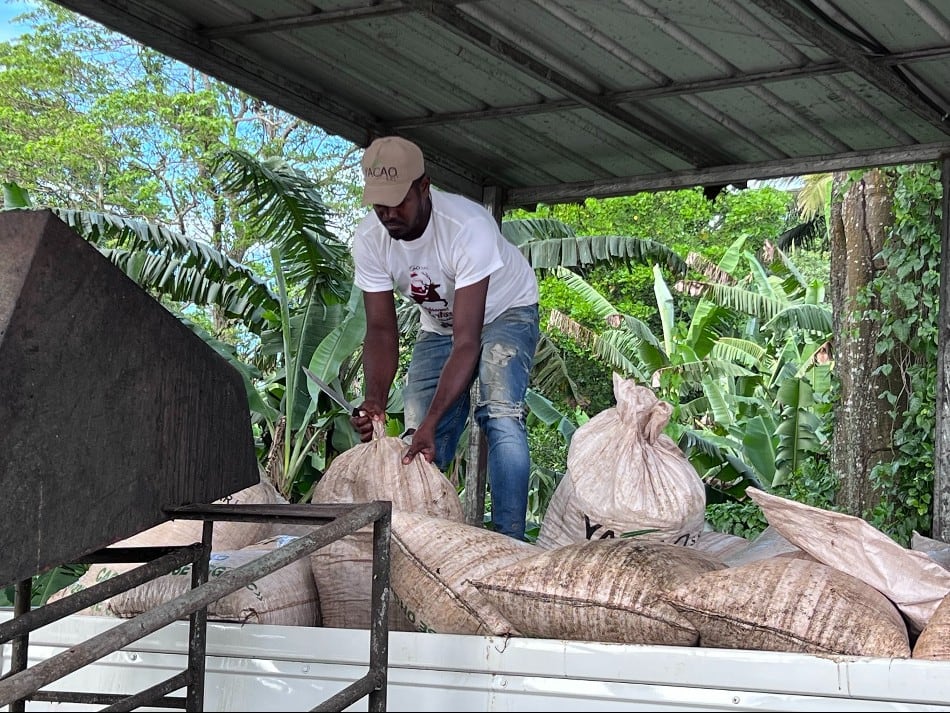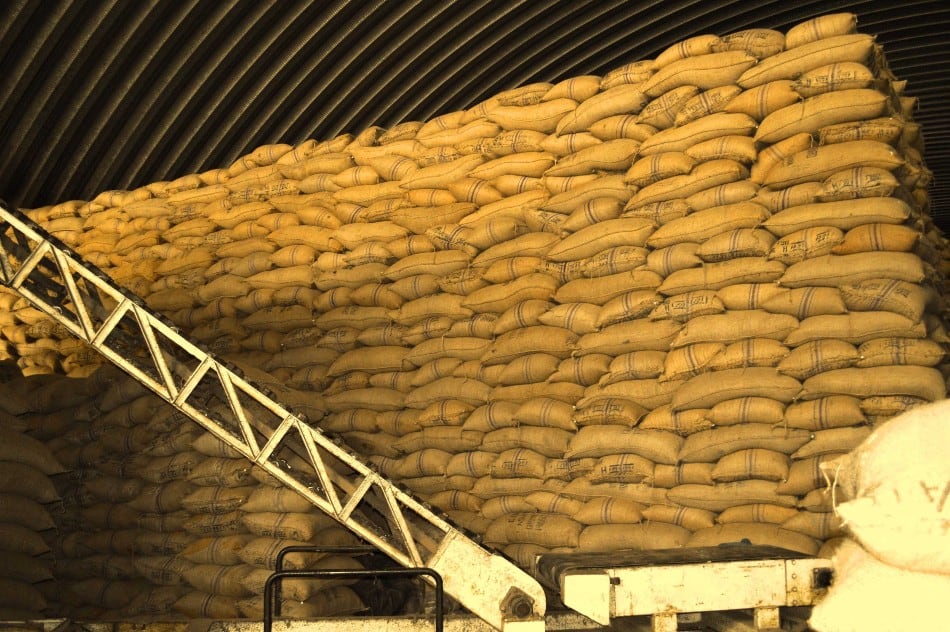Barry Callebaut, the world’s largest cocoa and chocolate supplier, has informed its clients it is increasing prices for ingredients from 1 May and reserving the right to restrict order as the scramble to source beans becomes increasingly fraught due to three years of crop deficit in West Africa.
Our main concern now is to protect our existing customer base. We’ve been inundated with new inquiries, but we have to be very selective about any new business to ensure stock is retained for our existing, loyal customers. -- Tracey Hughes, managing director, Henley Bridge
Tracey Hughes, managing director of Henley Bridge, one of the UK’s prominent chocolate and ingredients suppliers, told ConfectioneryNews: “This is the most turbulent trading period in chocolate we have ever experienced, and it’s proving to be extremely challenging.
“We’ve started to see some supply issues and delays with product coming into us, however, we currently at the beginning of April have good stock coverage.
“We’ve also received notification from Callebaut about price increases with effect from May 1 and also other suppliers with price increase notifications.
“Our main concern now is to protect our existing customer base. We’ve been inundated with new inquiries, but we have to be very selective about any new business to ensure stock is retained for our existing, loyal customers.
“We’re managing the situation very carefully, and our senior management team is working extremely closely with our two major chocolate suppliers. They recognise that we are an important distributor for them in the UK and are doing everything they can to maintain our stock levels.”
Under pressure
The pressure of elevated cocoa prices, which are expected to remain high until a new African crop comes to market in late 2024, is hitting manufacturers of chocolate and confectionery products, which are reliant on cocoa inputs.
Due to sourcing challenges, consumers have already seen price rises in their favourite chocolate and candy products.
In an email seen by ConfectioneryNews to one of its suppliers, who wished to remain anonymous, Barry Callebaut said the unprecedented increase in raw materials and cacao costs compels the company to adjust its price list accordingly.
We’ve been as proactive as we’ve been in securing cocoa supplies for the short term. Servicing the demand for seasonal production remains a priority on our radar, and we will be adjusting our prices in May to accommodate the increases we are seeing. -- Sophie Jewett, Managing Director, York Cocoa Works
The supplier was also informed that, due to capacity and operational constraints and limited product stock, Barry Callebaut has applied an allocation method to its customers and has reserved the right to reject purchases based on that method.
Barry Callebaut, which reported a reports sales rise of 11% in its half-year results, declined to comment.
‘There is already a cocoa shortage.’
Veteran cocoa consultant Marc Donaldson said that, in his opinion, there is already a cocoa shortage, “which, unless the next main crop in November turns out to be incredible, will be with us for some time.”
The mid-crop in May /June [in Ghana and Cote d’Ivoire] already looks poor, volume-wise.”
He reckoned that the demand for cocoa powder is still strong, especially in Asia, but said that even if there are beans around, the supply of cocoa ingredients will be very tight.
Independent chocolatiers remain hesitant
Sophie Jewett, Managing Director at York Cocoa Works, an independent chocolatier, said she has had a variety of experiences so far: " Much of our supply chain is only offering spot prices or short-term quotations with uncertainty about further forthcoming deliveries and a lack of available contracts as everyone is hesitant to commit to pricing at this time.
“We’ve been as proactive as we’ve been in securing cocoa supplies for the short term. Servicing the demand for seasonal production remains a priority on our radar, and we will be adjusting our prices in May to accommodate the increases we are seeing.
As an agile manufacturer with a direct-to-consumer route, we remain optimistic and confident about securing cocoa. As a small producer, we are not in a position to stockpile in case of ongoing shortages, but as much of our supply chain is premium and specialty cocoa, we are used to paying the necessary premium for our materials.
How will the industry respond?
Manufacturers globally will have to pass on the cost to consumers. Carol Oldbury, director of Hames Chocolates, said the global chocolate industry is going through a challenging time.
“Cocoa prices have increased massively over the past year, and we’ve left no stone unturned in our search for efficiencies in the business. However, the large increase in the cost of cocoa means that we’re going to have to pass the increases on.”
The situation in the United States
So far, the inflated prices have done little to deter consumer demand, but that could change with further price hikes. Recent data from the National Confectionary Association indicates that 74% of U.S. consumers regard confectionery items as affordable treats. However, 45% of consumers have implemented money-saving measures, such as switching between types, brands, pack sizes, and retailers to stretch their candy dollars.
The cocoa issues come at a particularly challenging time for manufacturers, considering the increase in sugar prices they’ve been coping with over the past three years,” said Billy Roberts, senior food and beverage economist for CoBank. “While sugar prices have recently retreated, cocoa futures prices remain near record levels and show little sign of any significant movement. That could lead to a further erosion of chocolate volume sales and impact dollar sales as well.”
Roberts said tighter cocoa supplies and higher retail prices for chocolate in the U.S. will take a greater toll on sales throughout 2024. “We’re anticipating single-digit declines in both dollar and unit sales until pricing stabilizes and consumer discretionary incomes rebound,” he said.
The global situation underscores the volatile nature of agricultural commodities like cocoa and highlights the interconnectedness of global supply chains, weather phenomena, and market dynamics.
As chocolate manufacturers navigate these challenges, the broader implications for the global chocolate market remain a subject of close observation and concern. However, for now, there is still enough chocolate to go around.




